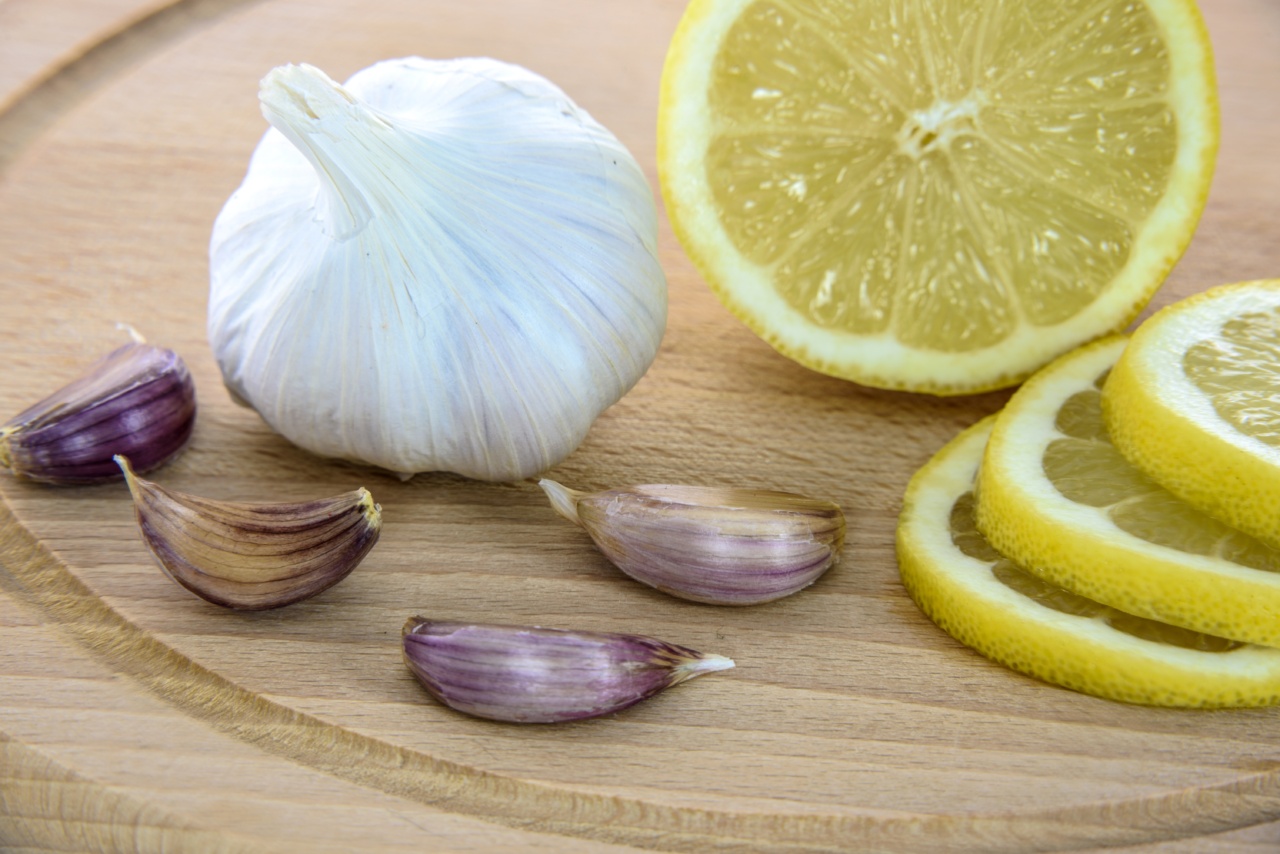Antibiotic resistance is rapidly becoming one of the biggest public health challenges of our time. Bacteria are evolving to become resistant to the antibiotics we use to treat infections, making it harder and harder to fight these diseases.
While there are many factors contributing to antibiotic resistance, one you may not have considered is your kitchen sponge. Yes, that’s right – your kitchen sponge may be contributing to the problem. But fear not, there are steps you can take to beat antibiotic resistance with your kitchen sponge.
What is Antibiotic Resistance?
Antibiotic resistance occurs when bacteria evolve to become resistant to the antibiotics used to treat infections. This happens when bacteria are repeatedly exposed to antibiotics and are able to adapt and develop resistance to them.
This is a major problem because it means that infections that were once easily treatable with antibiotics are becoming more difficult to treat, and can even become deadly.
How Do Antibiotics Work?
To understand antibiotic resistance, it’s important to understand how antibiotics work. Antibiotics are medications that kill or slow the growth of bacteria. There are many different types of antibiotics, and they work in different ways.
Some antibiotics disrupt the cell wall of bacteria, while others interfere with their ability to make copies of their DNA or prevent them from producing proteins they need to grow.
Why Are Bacteria Becoming Resistant to Antibiotics?
Bacteria are becoming resistant to antibiotics because of exposure to these medications. When bacteria are exposed to antibiotics, those that are naturally resistant to the medication are more likely to survive and reproduce.
This can lead to the development of antibiotic-resistant bacteria that are more difficult to treat with antibiotics. The overuse and misuse of antibiotics also contribute to the problem of antibiotic resistance.
When antibiotics are used unnecessarily – such as when they are prescribed for viral infections like the common cold – it increases the likelihood that bacteria will develop resistance to these medications.
How Does Your Kitchen Sponge Contribute to Antibiotic Resistance?
Recent research has shown that kitchen sponges can be a breeding ground for bacteria, including antibiotic-resistant bacteria. When we use sponges to clean surfaces in our kitchens, they pick up bacteria from those surfaces.
If the sponge is not properly cleaned and disinfected, those bacteria can then grow on the sponge. This means that the next time we use the sponge to clean a surface, we could be spreading bacteria – including antibiotic-resistant bacteria – around our kitchen.
How to Clean Your Kitchen Sponge
To beat antibiotic resistance with your kitchen sponge, it’s important to properly clean and disinfect it. Here are some steps you can take:.
1. Replace your sponge regularly: Kitchen sponges should be replaced every week or so, or whenever they start to look worn.
2. Rinse your sponge after each use: Rinse your sponge thoroughly with hot water after each use to remove any food particles and other debris.
3. Sanitize your sponge in the microwave: To sanitize your sponge, wet it thoroughly and place it in the microwave for one minute on high. This will kill most of the bacteria on the sponge.
4. Use a disinfectant: After sanitizing your sponge, you can further disinfect it by soaking it in a solution of one-part vinegar to four parts water for a few minutes.
The Bottom Line
Antibiotic resistance is a serious public health concern, and your kitchen sponge may be contributing to the problem. By properly cleaning and disinfecting your sponge, you can help beat antibiotic resistance and keep your kitchen clean and safe.






























